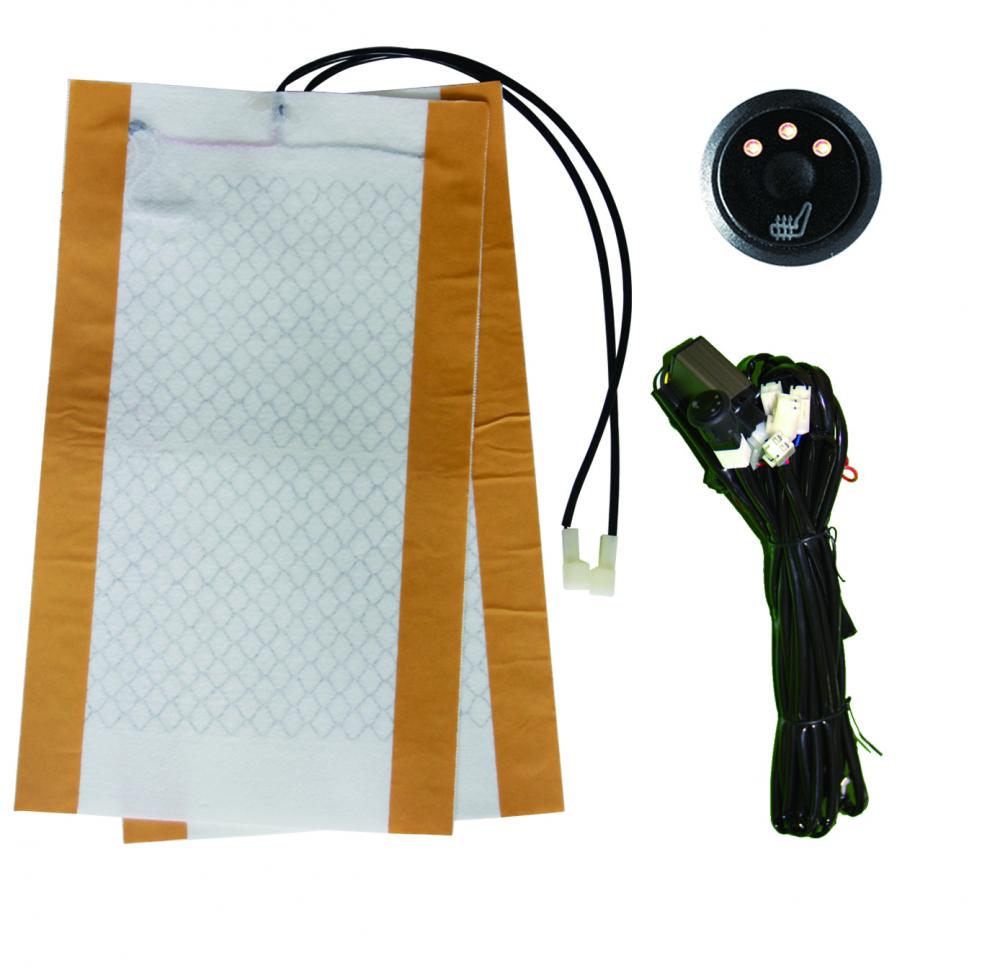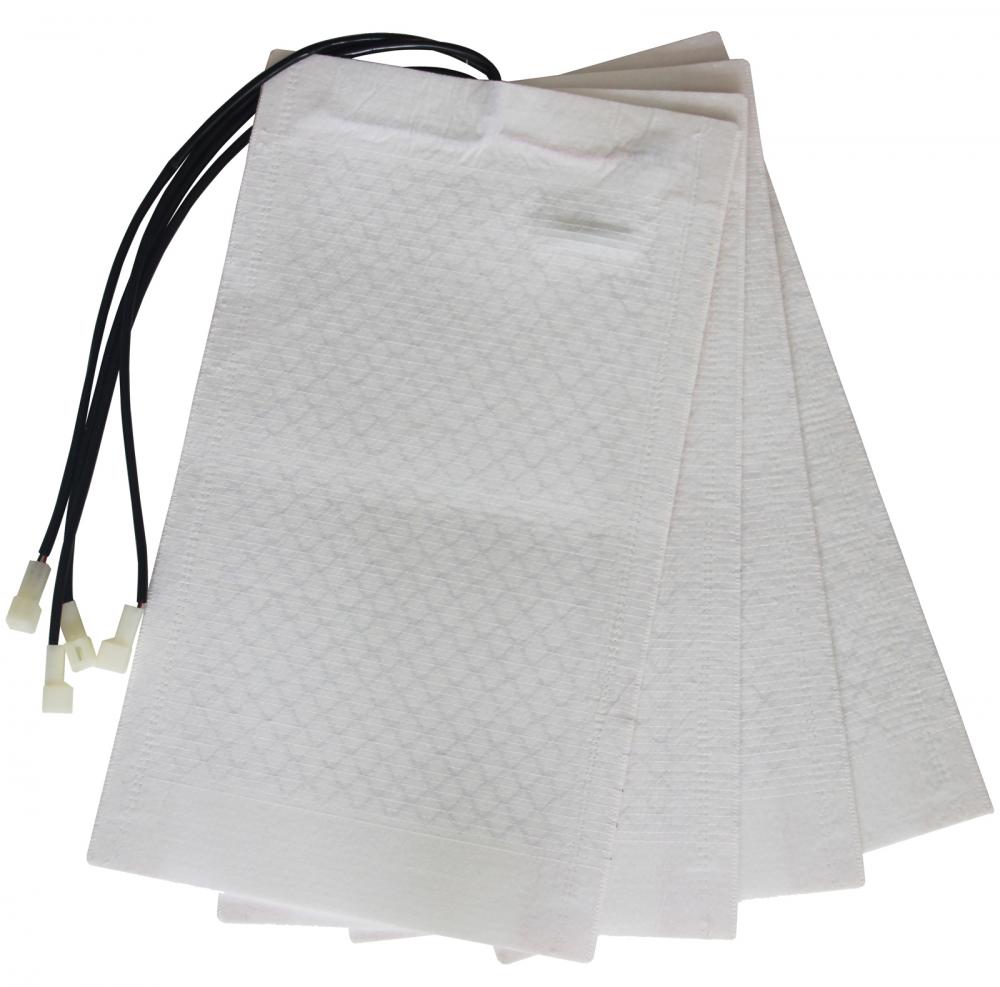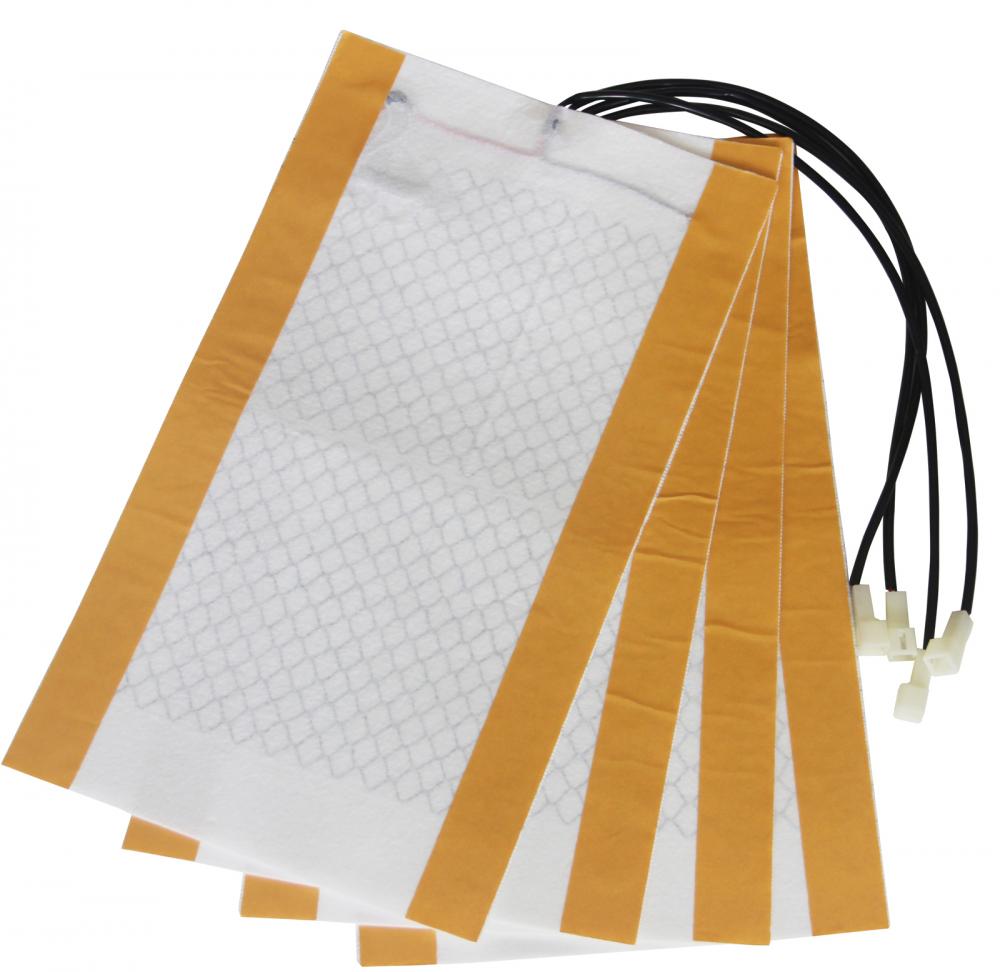On February 9, Nature Communications published the results of a joint research project conducted by Prof. Dong Jianji, Wuhan National Laboratory for Optoelectronics, and Dr. Ding Yunhong, Technical University of Denmark, and Prof. Asger Mortensen. The paper entitled "Slow-light-enhanced energy efficiency for graphene microheaters on silicon photonic crystal waveguides". In the era of "Internet +", everyone enjoys the unprecedented convenient experience brought about by the thriving development of information industry, high-speed 4G / 5G network, a wide range of mobile APP, smart home, driverless car ... All of these well-known "high on the" technology products, without exception, rely on the high-performance behind their data processing and transmission of core devices. In traditional core devices, most of them use electronics as the carrier of information. However, due to the existence of "electronic bottleneck", traditional electronic devices have become increasingly difficult to meet the rapidly growing large bandwidth and low-power data transmission in modern society With the processing requirements. The light as a carrier of information, can take full advantage of optical signals with ultra-high speed, large bandwidth, low processing energy consumption characteristics, which makes integrated photonic devices to become the best alternative to traditional electronic devices. In order to ensure the flexibility and plasticity of integrated photonic devices, nano-thermal electrodes made of metal materials are often laid on integrated optical waveguides and utilize the sensitivity of the refractive index of the optical waveguides to the temperature (thermo-optic effect) to adjust and control the integrated photonic devices the goal of. However, since the metal has a strong absorption loss to the optical signal in the communication wavelength band, in practical applications, there must be a thicker oxide between the metal thermal electrode and the optical waveguide as isolation. It is due to the presence of this layer of oxide , Resulting in most of the heat being blocked by the oxide layer, can not efficiently reach the target waveguide, which directly leads to the high energy consumption required for regulation and control, and the speed of regulation is slow, and can only reach millisecond (10 ^ -3 seconds) level. These factors have severely limited the further development and application of integrated photonic devices. Researchers from Huazhong University of Science and Technology Wuhan Optoelectronics National Laboratory and the Technical University of Denmark conducted long-term practice and exploration on the regulation and control of integrated photonic devices and concluded that the combination of graphene and slow light effect is an effective solution to this problem. As a hot word frequently appearing in people's eyes in recent years, graphene has become the focus of the scientific community and industry because of its many unique and exotic physical properties. Graphene consists of carbon atoms arranged in a honeycomb-type hexagonal lattice, which is a two-dimensional special material with only one atomic thickness. As a result, it has many of the special physical properties not found in other conventional materials. For example, it is almost transparent and absorbs only 2.3% of light. Its thermal conductivity is as high as 5300 W / mK, which is by far the thermal conductivity One of the best materials. These two extremely good features mean that it may be the best alternative to traditional metal thermopiles. Because compared to the traditional metal electrode, because graphene absorbs very low light, making graphene as a hot electrode can be tightly bonded to the surface of the optical waveguide, and almost regardless of the absorption of light graphene At the same time, the very high thermal conductivity of graphene means that it can deliver heat to the optical waveguide at a very fast speed, resulting in greatly enhanced regulation speed. Figure 1 Slow light-enhanced graphene thermode structure diagram and scanning electron microscopy Even more ingeniously, the performance of graphene thermode can be further greatly improved by designing a conventional common optical waveguide into a photonic crystal waveguide with a special band structure and placing the graphene on the photonic crystal waveguide ,As shown in Figure 1. This is due to the fact that in photonic crystal waveguides, the propagation velocity of light in it is slowed down to 1/30 of the vacuum, which results in a significant increase in the effective heating length of the optical signal, further drastically reducing the energy required for optical signal regulation Consumption With the ability to heat in just 30 seconds, this is a reliable and efficient heated car seat that you never want to miss. The car seat has the best quality of carbon fiber infrared heating system, which means that it offers super-fast heating to keep the seat warm. Second, to this, the unit allows for constant adjustment of the temperature to suit your needs. Cars Seat Warmer,Auto Seat Warmer,Cars Heated Seat,Heated Seat Module JiLin Province Debang Auto Electric Co.,Ltd. , https://www.debangcarseatheating.com

